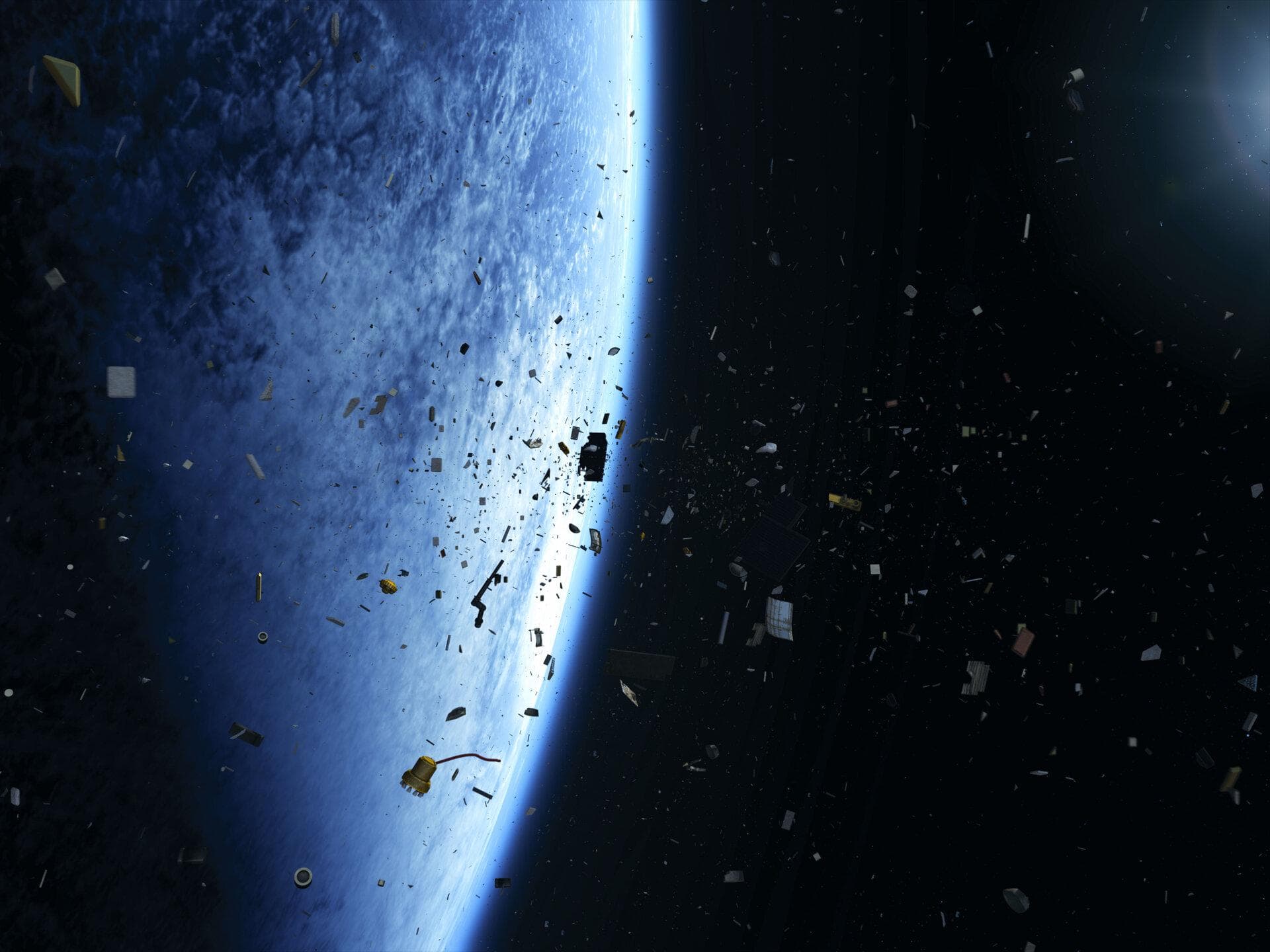A recent study conducted at an altitude of more than 12 km above the Earth revealed that the stratosphere of our planet was filled with microscopic particles of metal and other elements that originated from the debris of spacecraft that burned up when entering the atmosphere.

According to the results of the study, which was conducted on a research plane in the stratosphere over the Arctic and in which scientists from the National Oceanic and Atmospheric Administration (NOAA) participated, numerous various “alien” elements were found, for example, a lot of aluminum. Among the exotic elements, in particular, niobium and hafnium were found — rare metals that are almost not found in nature but are used in the creation of heat-resistant and highly efficient alloys.
At first, it seemed like a mystery how exactly these elements ended up in the stratosphere. But scientists could establish that they originate from space debris — spent spacecraft or rocket boosters that entered the dense layers of the Earth’s atmosphere and burned up.
Research at an altitude of 10-50 km
A special tool called PALMS, or Particle Analysis by Laser Spectrometry, which was installed on the research aircraft, was used to conduct the study. This tool made it possible to collect and analyze individual air particles during the flight, which made it possible to study the composition of the stratosphere in detail.
The results of the study are published in the journal Proceedings of the National Academy of Sciences and are included in the general context of the study of aerosol particles in the stratosphere, which is located at an altitude of 10 to 50 km above the Earth’s surface. This part of the atmosphere contains the ozone layer, which performs an important function in protecting our planet and its living beings from harmful ultraviolet radiation from the Sun.
Worsening of the clogging problem
Scientists admit that pollution levels in the stratosphere may seem small, but with an increase in the number of satellite launches into space, this problem may worsen.
“But over 5,000 satellites have been launched in the past five years, and most of them will come back in the next five. We need to know how that might further affect stratospheric aerosols,” said co–author of the study, Martin Ross from the Aerospace Corporation.
To date, the OrbitingNow website is cataloging objects in outer space, and it is already tracking about 8,000 objects in low Earth orbit that will subsequently burn up in the atmosphere. Such studies help to better understand the impact of space debris on our planet and its surrounding atmosphere.
Earlier we talked about how two large pieces of debris almost caused a catastrophe in orbit.
According to weather.com
Follow us on Twitter to get the most interesting space news in time
https://twitter.com/ust_magazine

